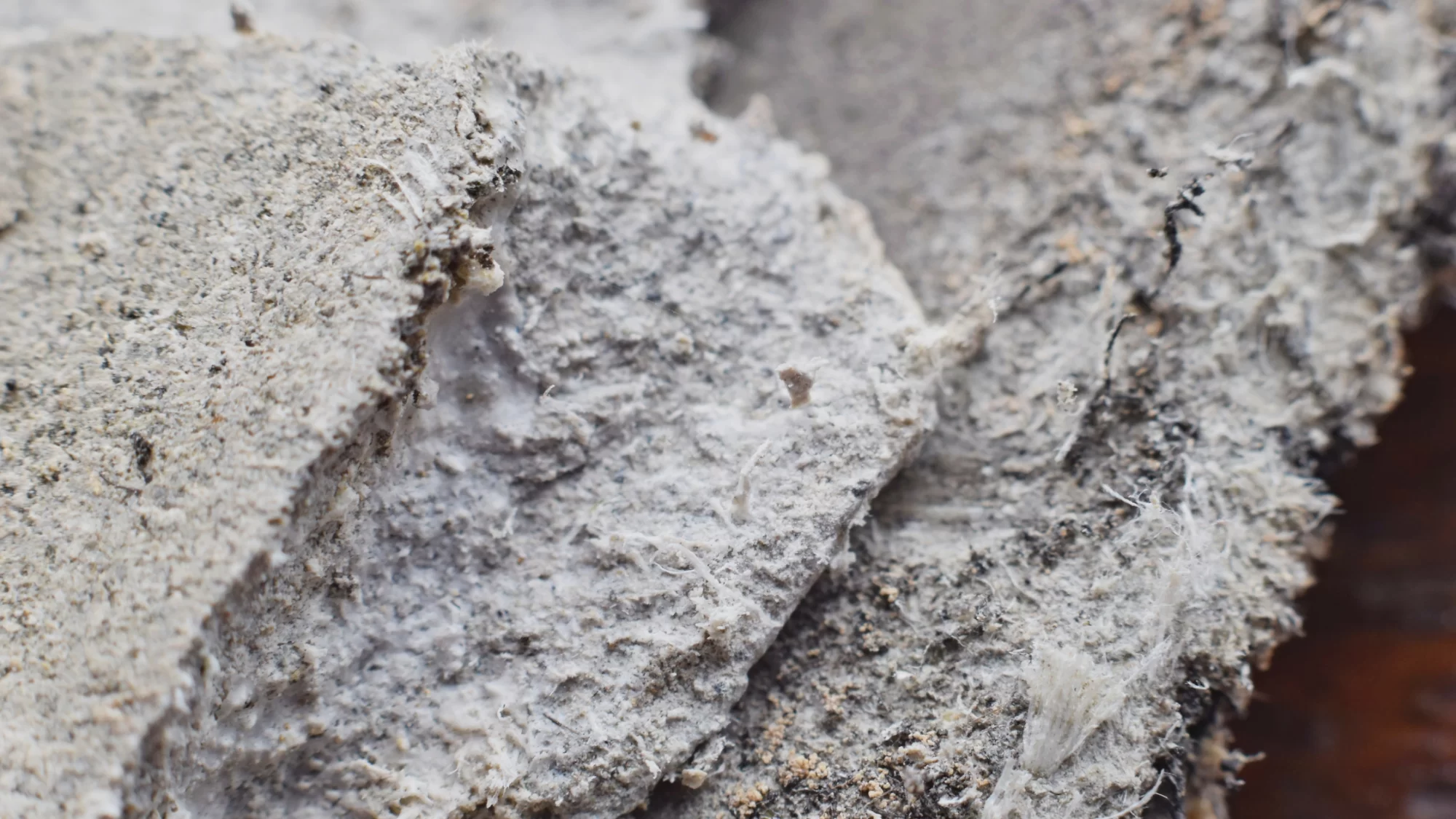In the 1970s, asbestos was a miracle material. Fire-resistant, durable, and a great insulator, it was used in everything from roofing to insulation to floor tiles. Today, we know the heavy price that came with that convenience: lung cancer, mesothelioma, and other serious health conditions caused by airborne asbestos fibers. The tragedy of asbestos serves as a stark reminder that innovation without foresight can lead to long-term harm.
A recent post and subsequent comments on a LinkedIn post had us thinking of this question: what are we using today that could be seen as the asbestos of the future?
1. PFAS: The “Forever Chemicals”
Used in non-stick coatings, waterproof membranes, sealants, and even some insulations, PFAS (per- and polyfluoroalkyl substances) are prized for their durability and resistance to heat, water, and oil. But that resilience is exactly the problem—they don’t break down. They build up in our bodies and ecosystems and have been linked to cancer, hormone disruption, immune suppression, and more. Despite increasing scrutiny, these chemicals are still in wide use.
2. Nanomaterials: Tiny Particles, Unknown Risks
Nano-additives are now found in paints, coatings, concrete, and insulation, offering improved strength, flexibility, and even self-cleaning properties. But their microscopic size allows them to penetrate deep into lungs or enter the bloodstream, raising red flags similar to those once ignored with asbestos. Long-term studies are still catching up.
3. Spray Foam Insulation: Energy Efficiency with a Catch
Spray polyurethane foam (SPF) is a popular choice for retrofitting older homes thanks to its excellent thermal performance. But if not properly mixed and applied, it can release isocyanates and other volatile organic compounds (VOCs), which can lead to serious respiratory issues and long-term sensitivity.
4. Silica Dust: An Old Hazard in New Contexts
Silica dust, released when cutting or demolishing concrete, bricks, or tiles, is already a known cause of silicosis and lung cancer. Yet it remains a poorly managed risk on many construction sites, especially during renovations where dust control and PPE are often overlooked.
5. Flame Retardants and Plasticisers
Found in vinyl flooring, insulation, and fireproof coatings, many flame retardants and plasticisers are endocrine disruptors and suspected carcinogens. These chemicals can slowly off-gas over time, contaminating indoor air and dust.
Microplastics: A Silent, Spreading Concern
Construction waste is a growing contributor to microplastic pollution. Paint flakes, sealants, synthetic building wraps—they all eventually break down, entering our waterways, soil, and even our food.
Innovation With Caution
At Summit Matters Ltd, we believe that building for the future means thinking beyond the next energy upgrade or structural improvement. It means asking: What legacy are we leaving in the walls, air, and soil around us?
We champion the use of safe, sustainable materials and transparent sourcing practices. Not because it’s trendy, but because it’s responsible. As builders, we shape more than homes—we shape the health and safety of generations to come.
Have thoughts on this? We’d love to hear from you. Because the next big innovation should never come at the cost of future wellbeing.
What do you think? Comment the material that is currently used today that you feel is a future health risk…


Some offline suggestions are directly related to health matters – vaping is one of the BUG unknowns right now and we have zero idea of the potential impact it has or will have in the future.